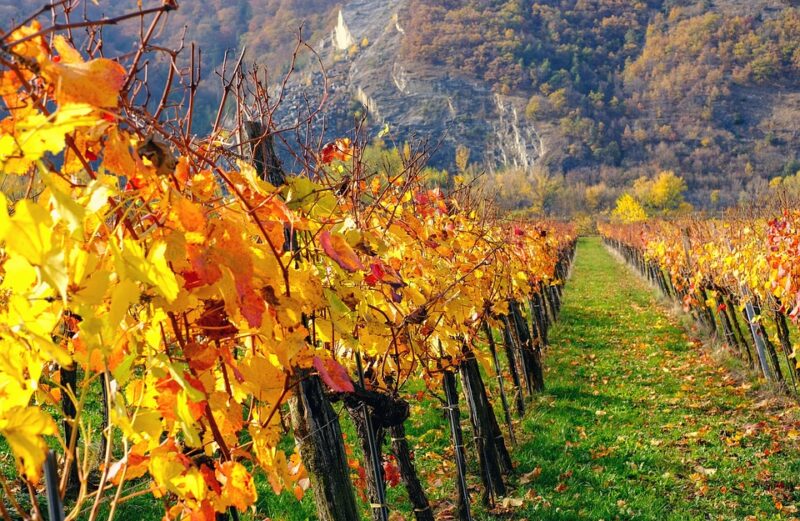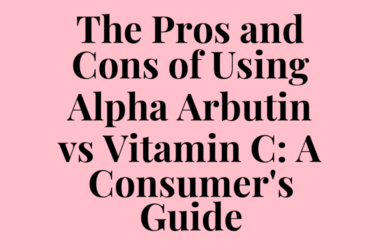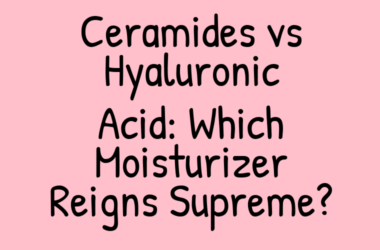Table of Contents
The Mysterious Case of the Discolored Food
Have you ever cooked a meal only to be met with an unappetizing sight: a once-vibrant dish now bearing an uninviting hue? The discoloration of food is a common phenomenon that can be frustrating, especially when it comes to a freshly prepared meal. But what causes this unwanted change in color, and what can be done to prevent it? In this article, we’ll delve into the world of food discoloration, exploring the various factors that contribute to this issue and provide tips on how to keep your food looking its best.
Enzymatic Reactions: The Primary Culprit
One of the primary causes of food discoloration is enzymatic reactions. Enzymes are biological catalysts that facilitate chemical reactions within cells. In the case of food, enzymes can break down proteins, fats, and carbohydrates, leading to changes in color and texture. For example, the enzyme cysteine in meat can react with oxygen to form disulfide bonds, causing the meat to turn brown or grey. Similarly, the enzyme polyphenol oxidase in fruits and vegetables can react with oxygen to form quinones, leading to the browning of apples and bananas.
Oxidation Reactions: A Common Occurrence
Oxidation reactions are another major contributor to food discoloration. When food is exposed to air, it can react with oxygen, leading to the formation of free radicals. These free radicals can bind to the food’s natural pigments, causing changes in color. For example, the oxidation of lipids in meat can lead to the formation of off-flavors and off-odors, as well as changes in color. Similarly, the oxidation of vitamin C in fruits and vegetables can cause them to turn brown or develop off-flavors.
Heat and Light: The Enemy of Food Color
Heat and light can also contribute to food discoloration. High temperatures can cause proteins to denature, leading to changes in texture and color. Similarly, light can cause pigments to degrade, leading to a loss of color intensity. For example, exposure to direct sunlight can cause the carotenoids in oranges and carrots to break down, leading to a loss of their vibrant orange color. In addition, high-temperature cooking can cause the formation of Maillard reaction products, which can contribute to the development of unpleasant flavors and colors.
Prevention is the Best Cure
While understanding the causes of food discoloration is important, prevention is key to maintaining the vibrant colors and flavors of your food. Here are a few tips to help you prevent food discoloration:
-
- Handle food gently to avoid damage and bruising, which can trigger enzymatic reactions.
-
- Store food in a cool, dry place to prevent oxidation and heat damage.
-
- Use airtight containers to prevent oxygen from reacting with food.
-
- Prepare food just before serving to minimize exposure to air and heat.
-
- Use antioxidants, such as vitamin E, to prevent the degradation of pigments.
Conclusion
The discoloration of food is a complex issue with multiple factors at play. By understanding the causes of food discoloration and taking steps to prevent it, you can maintain the vibrant colors and flavors of your food. Whether you’re a professional chef or a home cook, being aware of the factors that contribute to food discoloration can help you prepare delicious, visually appealing meals that your family and friends will love.




